Photometric Plan
Welcome to Poli LED & Signs, your trusted partner in creating exceptional signage and LED solutions. In today’s dynamic world, effective lighting plays a vital role in capturing attention, enhancing visibility, and conveying messages. That’s where photometric plans come into the picture.
At Poli LED & Signs, we understand the significance of a well-designed photometric plan for signage and LED solutions. A photometric plan serves as a roadmap, guiding the placement and configuration of lighting elements to ensure optimal performance and efficiency.
A meticulously crafted photometric plan takes into account factors such as light distribution, intensity, and uniformity. By considering these crucial aspects, we can create lighting solutions that not only meet your specific requirements but also enhance the overall aesthetic appeal and functionality of your signage and LED installations.
Benefits of a Well-Designed Photometric Plan:
- Enhanced Visibility: A properly designed lighting scheme ensures that your signage and LED solutions stand out, attracting the attention of passersby and potential customers.
- Energy Efficiency: By precisely positioning lighting fixtures and employing efficient lighting technologies, we can maximize energy savings without compromising on illumination quality.
- Compliance with Regulations: Many jurisdictions have specific lighting regulations that need to be followed. With a well-designed photometric plan, we ensure that your installations adhere to these requirements.
- Optimal Lighting Performance: A thorough photometric plan helps achieve the desired lighting effects, highlighting key features and maintaining consistent illumination levels.
- Cost Savings: Proper planning and optimization lead to reduced maintenance costs and improved longevity of lighting systems.
By leveraging our expertise and experience, we can develop photometric plans that align with your unique goals and bring your vision to life. Our team of professionals is committed to delivering tailored solutions that transform your signage and LED installations into captivating visual experiences.
Join us as we delve deeper into the world of photometric plans and explore how they contribute to the success of your lighting projects.
What is a Photometric Plan?
A photometric plan (aka photometric analysis, photometric lighting study) is a digital survey of your site with a proposed lighting solution. This light study allows you to view the lighting level at the job site before construction begins. The goal is to achieve illumination specifications required by the city or by decision-makers for your project to reach approval.
Get a FREE QUOTE for any commercial project.
The significance of a photometric plan in lighting design cannot be overstated. It ensures that the lighting solution meets the functional and aesthetic requirements of the space, while also considering energy conservation and compliance with lighting standards.
A well-executed photometric plan takes into account various factors, such as the type of space, desired lighting effects, target audience, and specific project constraints. By analyzing these variables, lighting designers can create a plan that maximizes the effectiveness and efficiency of the lighting system.
Photometric plans play a vital role in achieving optimal lighting performance. They enable lighting designers to:
Determine Lighting Layout: A photometric plan helps define the exact placement and orientation of lighting fixtures to achieve the desired illumination levels, uniformity, and distribution. By strategically positioning fixtures, hotspots, glare, and shadows can be minimized, ensuring a visually comfortable environment.
Calculate Lighting Levels: Photometric calculations are an integral part of a photometric plan. By using specialized software, designers can calculate the required lighting levels for different areas within a space. These calculations take into consideration factors like the size of the area, its function, and the specific lighting requirements.
Ensure Energy Efficiency: With the rising importance of sustainable practices, energy efficiency is a key consideration in lighting design. A photometric plan helps optimize the lighting layout and fixture selection to minimize energy consumption without compromising on lighting quality. By utilizing efficient lighting technologies, such as LEDs, and implementing control systems, energy savings can be maximized.
Assess Lighting Uniformity: Uniformity of lighting is crucial for creating a visually pleasing environment and minimizing contrast. Through photometric calculations, lighting designers can analyze and adjust the lighting layout to achieve the desired level of uniformity, ensuring that all areas receive adequate illumination without drastic variations.
Accurate photometric calculations and measurements are fundamental in creating an effective photometric plan. These calculations involve analyzing various photometric data, such as luminous intensity, luminous flux, and light distribution curves. By employing advanced software and specialized equipment, lighting designers can accurately predict the performance of the lighting system and make informed decisions about fixture selection, placement, and control options.
In summary, a photometric plan is an essential tool in lighting design. It ensures that lighting installations achieve optimal performance, energy efficiency, and visual impact. Through careful calculations and measurements, lighting designers can create accurate and effective plans that cater to the unique requirements of each project.
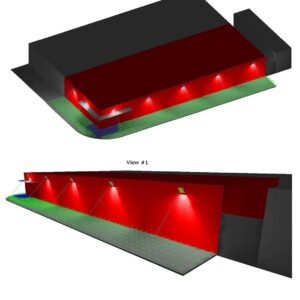
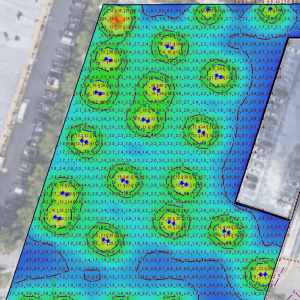
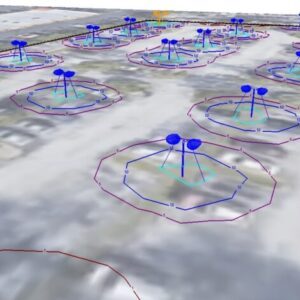
What Does a Photometric Plan Do?
- Meet local lighting codes
- Cities require you to follow their illumination standards to achieve lighting uniformity across the entire county. A photometric study will make sure your led lighting layout is compliant with your building department while providing you documentation when the inspectors audit your project.
- Allow decision-makers to visualize lighting before construction
- Many owners have an agenda when remodeling their property to a new led lighting layout. A lighting designer will be able to make sure the photometric layout checks all your boxes before beginning construction.
- Create a clear road map for your contractors
- Having no lighting layout will confuse your electricians. Property managers can save thousands in extra labor by planning out their lighting implementation beforehand.
- Ensure even lighting distribution throughout the job site
- Even light levels reduce eye strain created by hot spots in your lighting plan. You do not want a parking lot with low visual comfort and intense glares. This is why any lighting project should have a proper lighting plan.
- A photometric viewer tool will allow you to see the photometric values that it produces. However, without a photometric plan, you would not be able to conclusively understand how the fixture works with fixtures beside it.
- Keep light trespass to acceptable standards
- Illuminating past your lot line will get you fined by the local authorities. We have had many horror stories where commercial property owners install lights and end up illuminating the main street and neighboring lots. They end up with huge recurring fines that only a photometric light study can solve.
- Prevent legal issues from arising in the future due to poorly illuminated public spaces
- A photometric plan acts as a reference for any legal issues that arise within your property line. These include kidnappings, assaults, rapes, accidental falls, and protect you from any accusations claiming your property was not properly lit.
- Specify the correct light fixtures
- All projects have different requirements. However, achieving these requirements requires you to pick the ideal fixture from thousands of light fixtures. Your lighting designer will understand the
What Does a Photometric Plan Do?
If the client only requires the photometric plan and is planning to get fixtures elsewhere, a lighting designer or architect will charge $5,000 to $20,000 depending on the complexity of the project.
Who Does A Photometric Plan?
In most cases, a property manager will contact a lighting retrofit company, an architect, or a lighting designer to create a photometric plan for their property. Of these three, only the lighting retrofit company will be able to design and install, the other professionals can only design the plan.
The most common reasons to do a photometric lighting study are:
- New Construction: Local building department requires a photometric plan in order to approve your plans.
- Renovation: The tenant or owner has a specific lighting requirement they want to achieve.
- Lighting Retrofit: The property manager has decided to reduce its operating costs by switching to LED and requires a lighting study
Who Needs A Photometric Plan?
The people who need a photometric plan are property managers, landlords, new construction builders, remodelers, and city building departments.
There are many reasons why but these are the most popular:
- The city requires a lighting plan and your project cannot move forward without it.
- You have violated city ordinance and the city is requesting a lighting plan from you.
- You are looking to upgrade your lighting and want to have a plan before construction begins.
- You want to have a lighting plan for your new construction project.
- You have a tenant that requires a specific lighting request to be met before they move in.
- You are being sued for an accident that occurred in your badly lit property.
- And last but not least, the decision-maker wants a lighting plan.
How To Create A Photometric Plan?
A lighting designer will use special software to recreate your job site in 3D CAD format. Once your property has been transferred into a 3D digital format, the designer will place lighting fixtures to achieve specific lighting goals required by the decision-maker or city.
Each fixture that is placed creates a data point that will be required to pass your city’s lighting ordinance. Our lighting designers have years of experience that allow them to specify the correct fixtures to get approval on the first submission. These calculations include:
- Average illumination in each calculation zone.
- Individual illumination rating at every point.
- The ratio of minimum to maximum points of light on your project.
The worst situation is to wait months only for the city to reject your project when you could have got it approved on the first try.
How To Read A Photometric Plan
See a photometric plan example
The first page will always have a site plan that shows the entire project. There are multiple components in this plan:
Site Plan
Lighting fixtures: Look for shapes and symbols in a bright color. Occasionally they will have letters or numbers next to the symbol to be able to better identify which type of fixture it is according to the lighting schedule.
Calculation points: The number of footcandles (illumination) a specific point on your site plan has. The contour view groups together similar footcandle ratings to make it easier to read. Refer to the calculation zone if you want to see the statistics of the entire calculation zone.
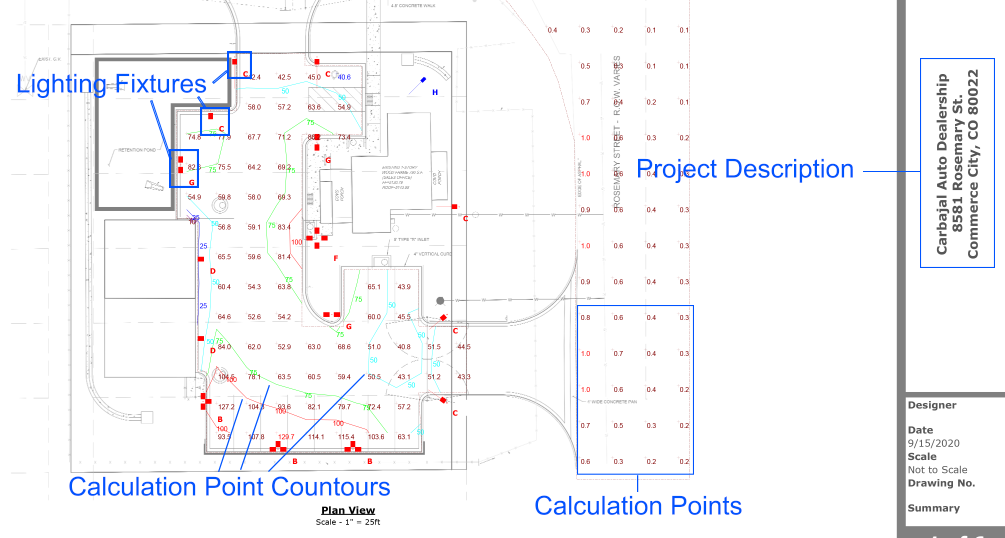
Calculation Zone Statistics
The most important part of a photometric study. The statistics of each calculation zone are shown in order to measure compliance with your city codes.
Avg: The average footcandle rating in your calculation zone.
Max: The brightest point in your calculation zone.
Min: The least bright point in your calculation zone.
Max/Min: The brightest point divided by the least bright point in the calculation zone. A lower ratio means that the project has an even distribution. Having a very even lighting distribution will increase visual comfort and prevent the eyes from constantly dilating and contracting. City officials will like want you to be under a 12:1 ratio. For example, Miami-Dade County projects need to have less than a 12:1 ratio minimum.
Avg/Min: The average footcandle rating divided by the minimum footcandle rating.

Lighting Schedule
A lighting schedule shows all the different lighting fixtures used for a project. This can allow contractors to easily identify which fixtures to purchase when construction begins.
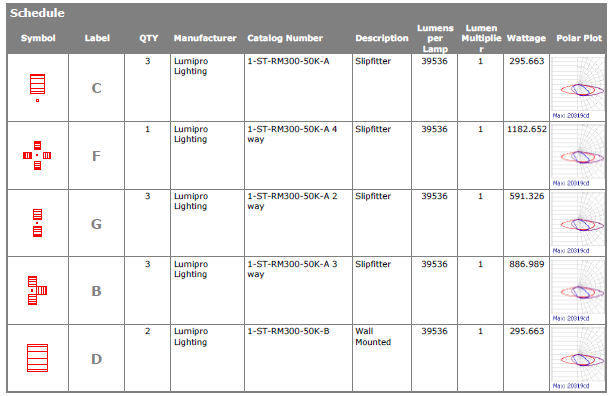
Luminaire Location Schedule
A location schedule allows you to view the location and direction of each fixture. This allows the contractors to easily see how to angle the light in order to install the light according to the lighting plan.
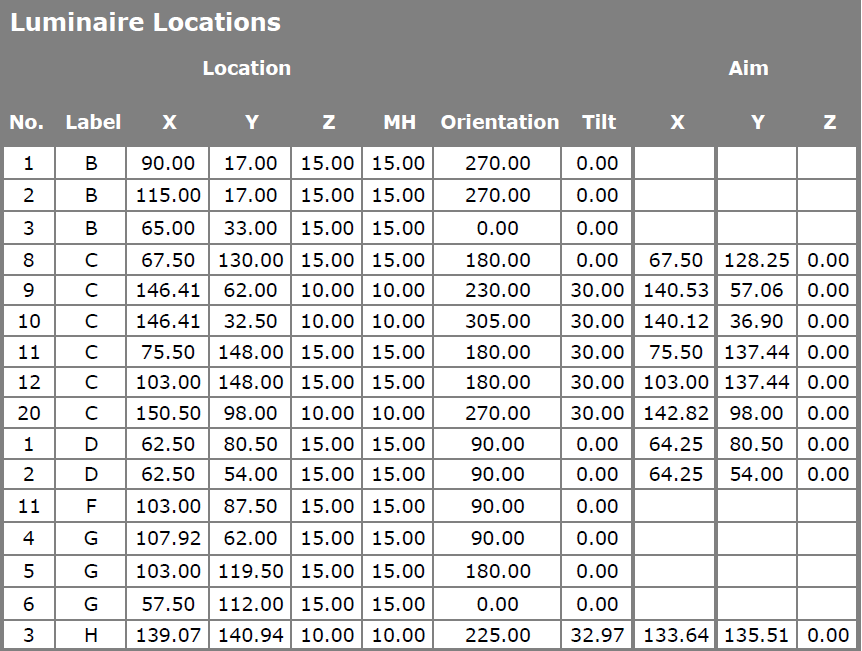
Photometric Plan Shaded View
The shaded view allows you to see the light levels of the site by interpreting it as a shaded heat map. Dark blues mean less bright, bright reds mean brighter.
This allows designers to identify which areas are hot spots and dark spots. A lighting designer can then use this information to adjust the lighting plan to create an even distribution.
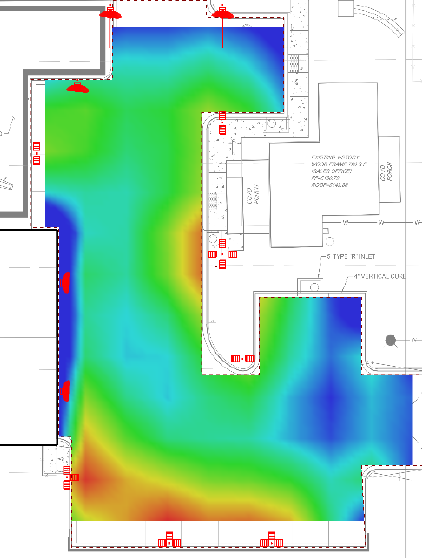
Wireframe View with calculation points and contours
The wireframe view is the standard view when creating a photometric plan. Calculation points can be identified quickly unlike the shaded view.
Calculation contours also allow you to see the footcandle ratings in a visual manner similar to the shaded view. In a 3/4 view, you are able to see the interaction between the lighting fixtures and the ground beneath it.
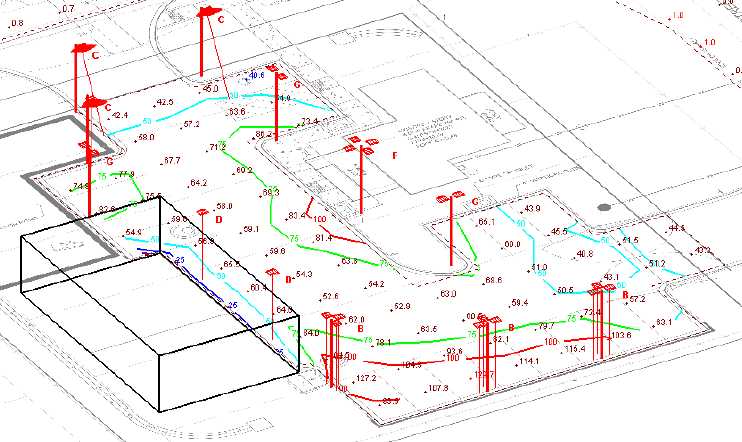
Photometric Lighting Layouts
While making the lighting study, the designer will create a lighting layout for your property. They are trained to place the lighting fixtures in the most efficient manner to achieve your goals while saving you as much money as possible. For example, a client who wants the highest cost-savings will get a layout that has fixtures that are spaced as far apart as possible. This layout will achieve the minimum footcandle rating that is required by the city but stay within the budget.
Let’s go over some of the most common photometric lighting layout goals.
Parking Lot Lighting Layout
Parking lots are large open areas that need to have even lighting levels and be above a certain brightness to be approved by your local county. In order to have a great parking lot, you should try to exceed the city’s lighting requirements. During the night, dark parking lots are gathering areas for vandalism and an illuminated lot will prevent that.
You will need to check these items off in order to have a proper parking lot:
- Achieve min:max ratio set by city ordinance. On average, cities require a 12:1 ratio.
- Achieve minimum footcandle set by city ordinance. On average, cities require 1 footcandle minimum.
Our photometric plans will achieve these goals with the most cost-effective layout.
Before
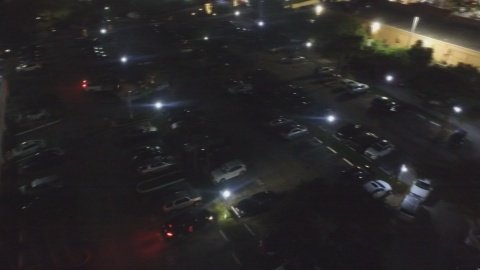
Heat Map Photometric Plan
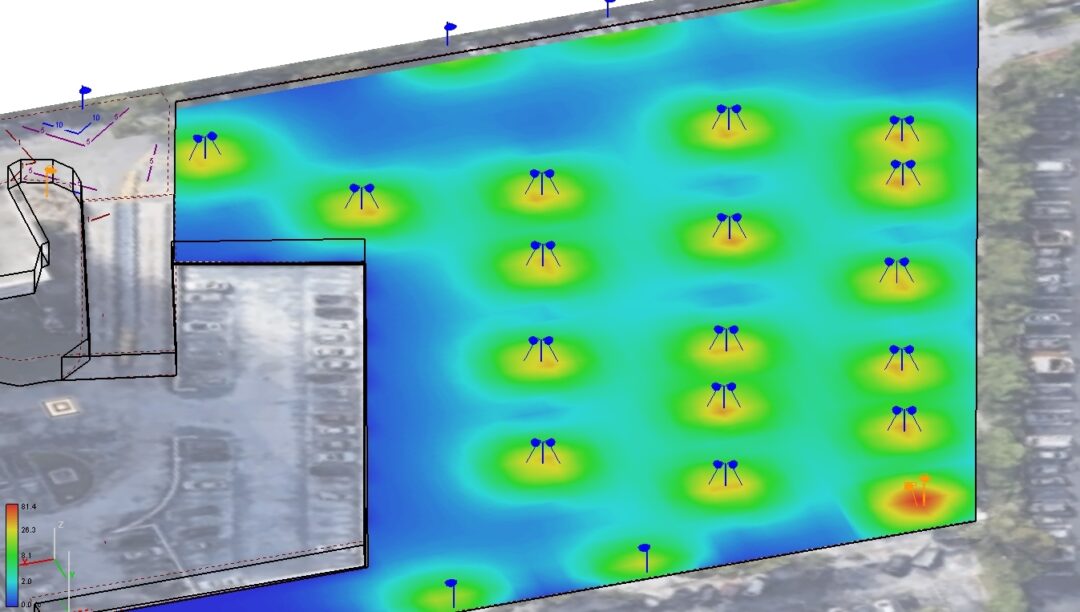
Wireframe Photometric Plan
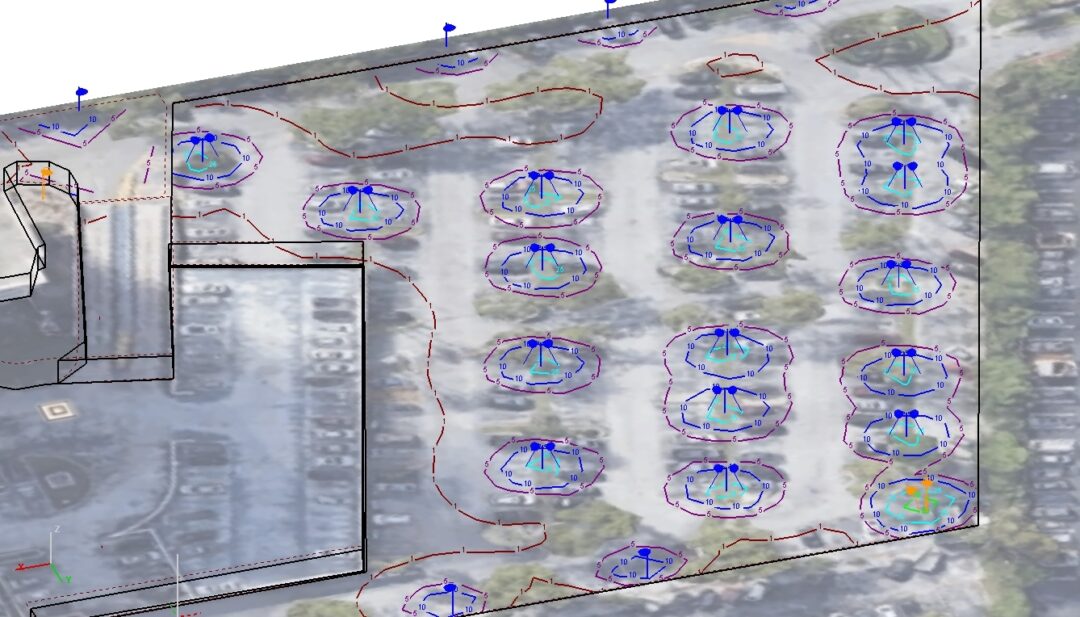
After
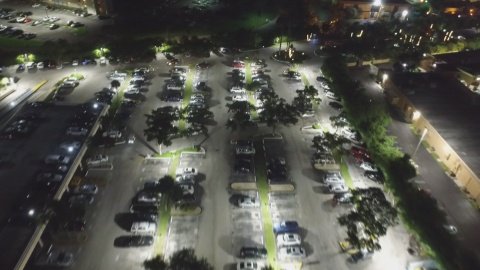
Warehouse Lighting Layout
Interior lighting studies for warehouses are essential to reducing energy costs and improving employee performance for any business.
Employees need proper task lighting in the workplace to properly identify aisles, bins, and products. A properly lit warehouse increases pick efficiency by providing clear pathfinding and identification. For large operations, even a slight 10% increase in pick efficiency can save millions of dollars annually. Additionally, if a lighting study can reduce pick inaccuracy issues from 1% to 0.5%, that potentially saves millions of dollars in returns and unhappy customers.
Aside from employees, improper energy consumption can be costing your business thousands of dollars annually. Utilizing LED fixtures, our lighting designers can save you 50%-70% on your energy bills instantly. Smart lighting controls can also save more with motion sensors, daylight harvesting, and dimming options.
Common Warehouse Lighting Layout Goals:
- Increase employee pick efficiency with clear pathfinding
- For large operations, even a slight 10% increase in pick efficiency can save millions of dollars annually
- If proper lighting can reduce pick inaccuracy issues from 1% to 0.5%, that potentially saves millions of dollars in returns and unhappy customers.
- Identify product codes, aisle locations, bay locations with ease from any distance
- Improve camera visibility and employee tracking
- Reduce electrical costs by up to 70% when switching from halogen or fluorescent. Increase savings by utilizing motion sensor high bay lights
Warehouse Lighting Layout Before and After
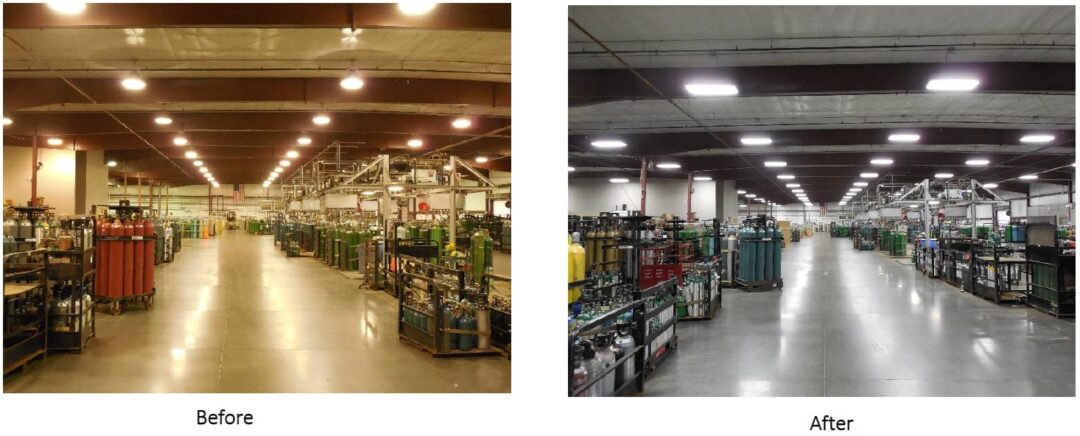
Recessed Lighting Layout
Use this Interior lighting layout tool to map out your recessed lighting layout.
The goal of a recessed lighting layout is to distribute the light level across the entire room. The layout will produce an interior lighting design that has natural lighting which washes the walls and floors with no hard spots.
Sports Lighting Photometric
Many stadiums require very specific light levels to ensure proper visibility. Proper lighting design highly affects player performance, spectator viewing distances, and prevents glare from affecting players and audiences. We also strive to create uniform lighting by overlapping light to avoid dark spots or hot spots.
All these game-changing factors cannot be nullified without a good lighting designer that understands the needs of a sports lighting arena. It is very important to understand pole positioning, fixture specifications, glare control, and uniformity strategies to create even playing fields.
Photometric Plan Projects We Have Done
Many city codes do not allow for trespassing of light to neighboring property lines. In Miami-Dade County, we cannot exceed 0.5 fc. To avoid getting fined by your city, our photometric studies include light trespass values. Illumination levels will be extended out to zero footcandles. Make sure that you understand your city code before performing any lighting renovation to make sure your project is clear.
Sample Photometric Plan Projects
Plaza Del Prado Condominium
- The board members and residents of this community had inefficient lighting at the parking lot with most light going upwards and no light coming onto the parking area.
- Our lighting engineers devised a plan with the condominium board members which focused on 2 things
- Cost-efficiency
- Reach desired illumination level of residents
- Using these two requirements the photometric plan used the cost-efficient 120W Lumipro G Series LED Area Light and retrofitted the existing poles to reduce material and labor costs. The photometric plan is shown below.
- Once our team got the final approval we installed the entire project in 3 days. See our before and after video.
Shaded Photometric Plan
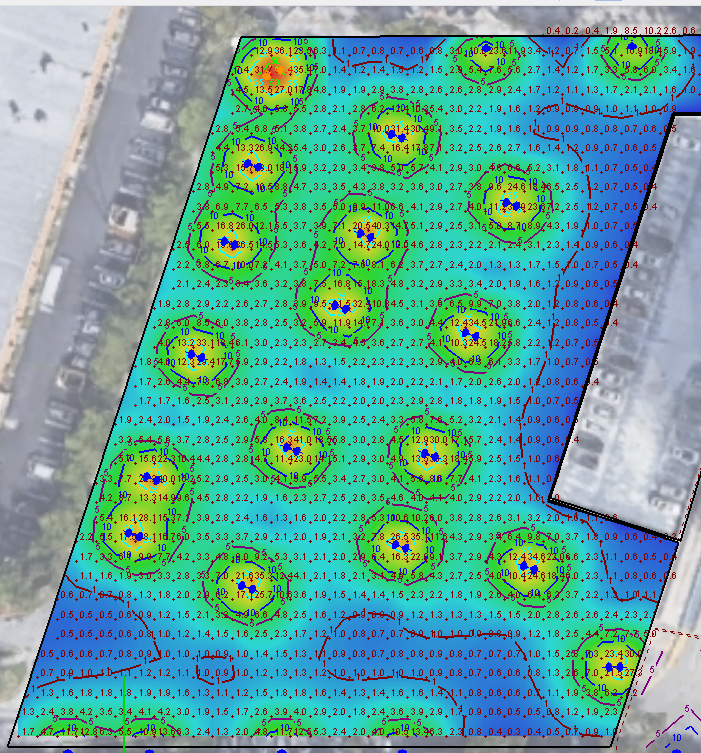
Perspective Photometric Plan
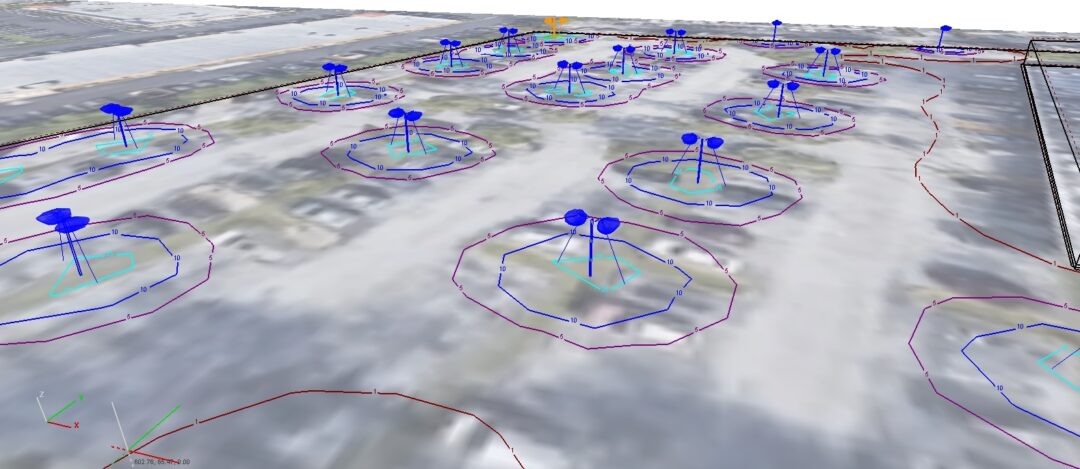
Parking Lot Before and After
650 NW 123rd St. North Miami FL 33168
Project Overview:
- The customer has a 40′ sign and a 20′ sign facing toward the I95 highway. Existing lighting does not illuminate properly at night completely removing their message to 72,000 daily commuters. Our engineers recommended the F-T Series flood light with a tight beam angle allowing the 40′ I95 signage to be properly illuminated while not surpassing city light trespass codes. For the 20′ sign, we used the Lumipro G Series Area Light to kill multiple birds with one stone. We illuminated the parking lot, the sign, and allowed the security camera clear vision at night.
- Trespassers sneak in from the south and north chain link fence to graffiti the east wall. We implemented the Lumipro G Series LED Area Light and the Lumipro G Series Wallpack allowing clear night vision for all exterior cameras and reducing electrical usage by 50% compared to their existing metal halide fixtures.
- The customer is utilizing 1000W metal halide fixtures consuming massive amounts of energy. The 300W Lumipro G Series LED Area Light reduced the electrical cost by 70%.
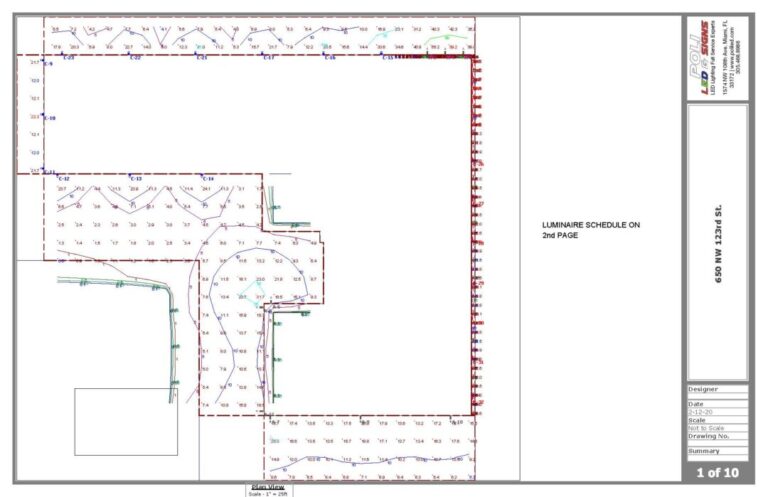
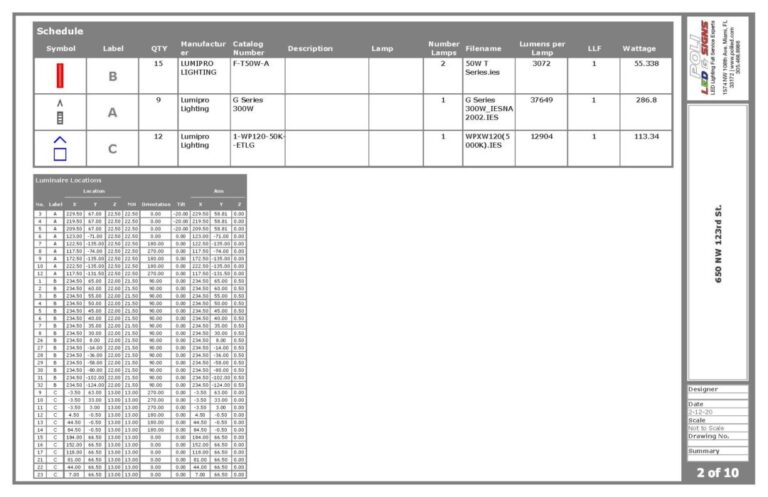
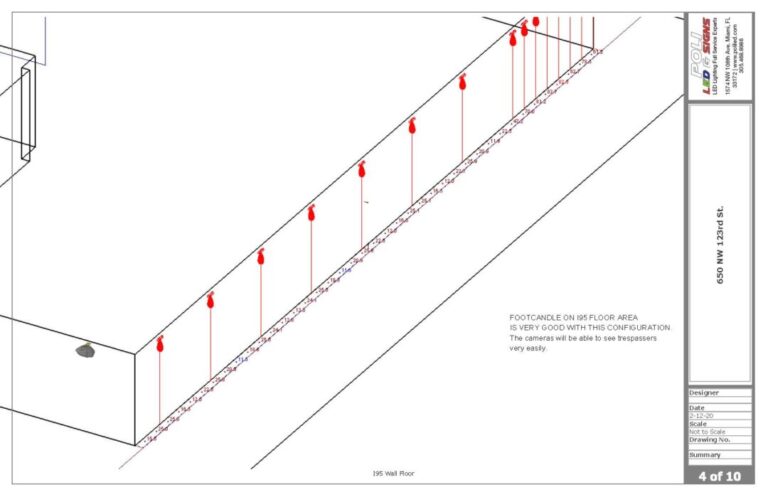
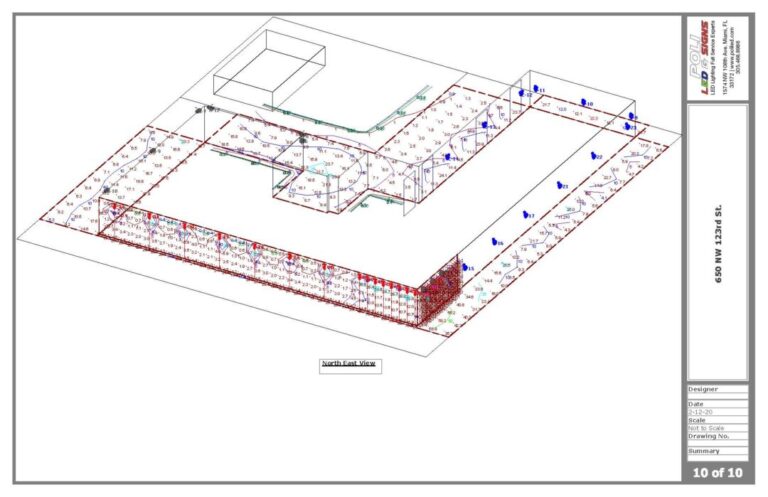
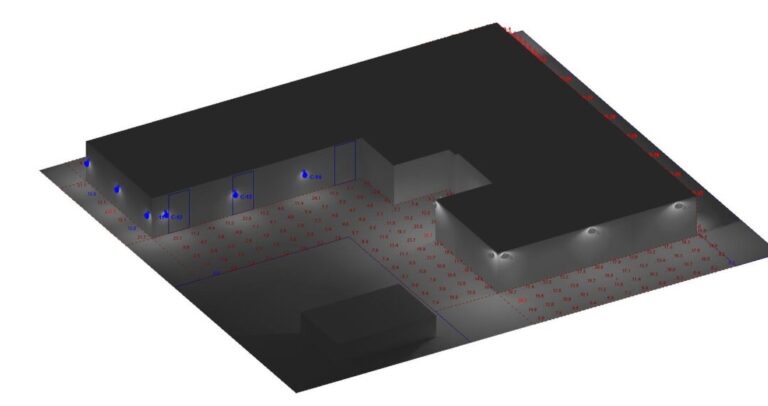

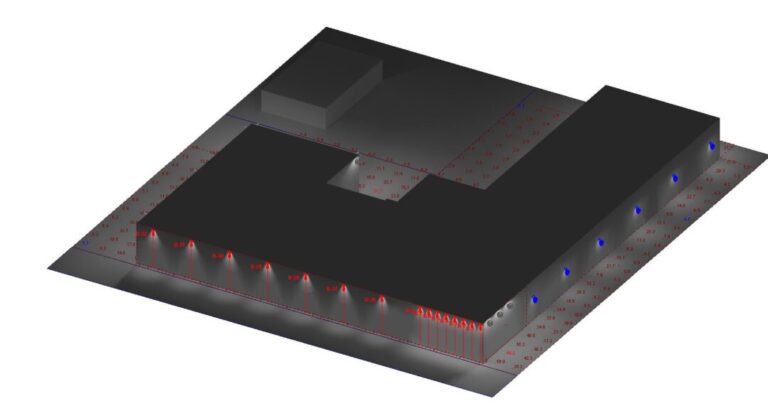
1002 E 24th St. Hialeah, FL 33013
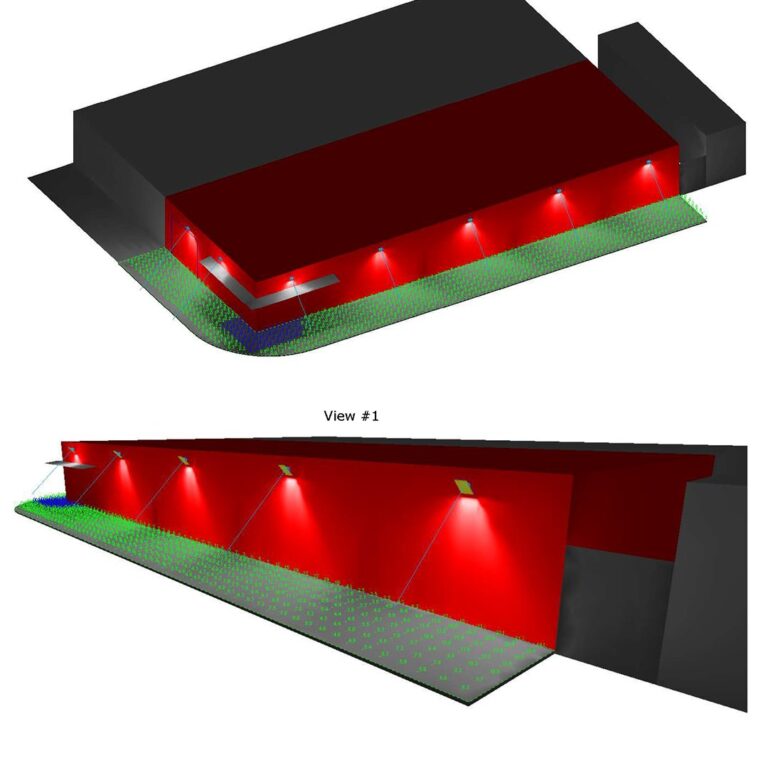
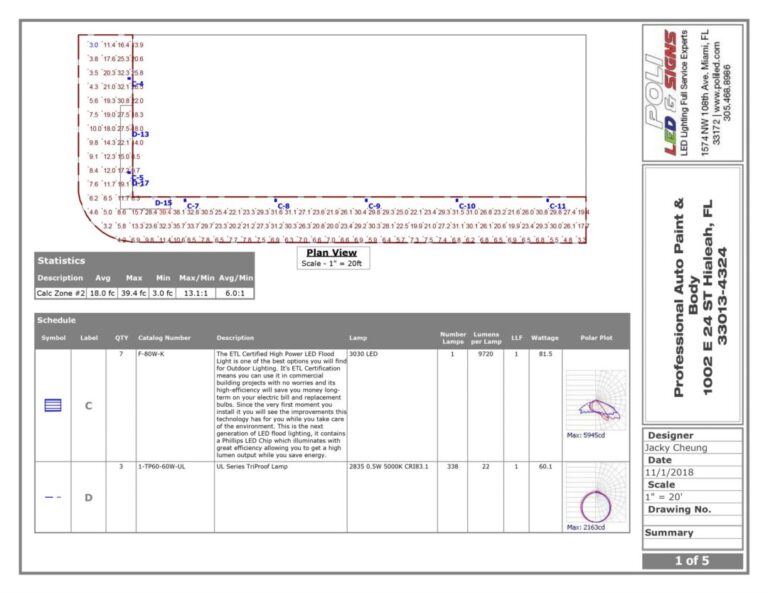
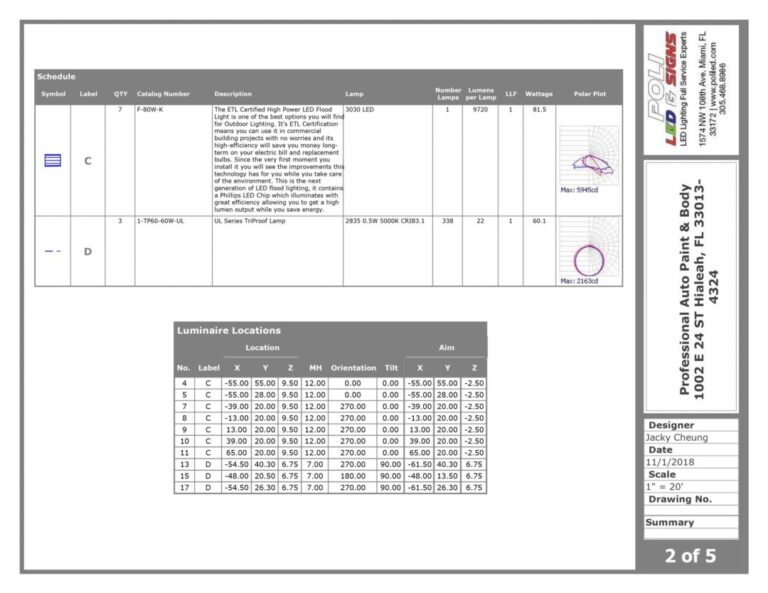
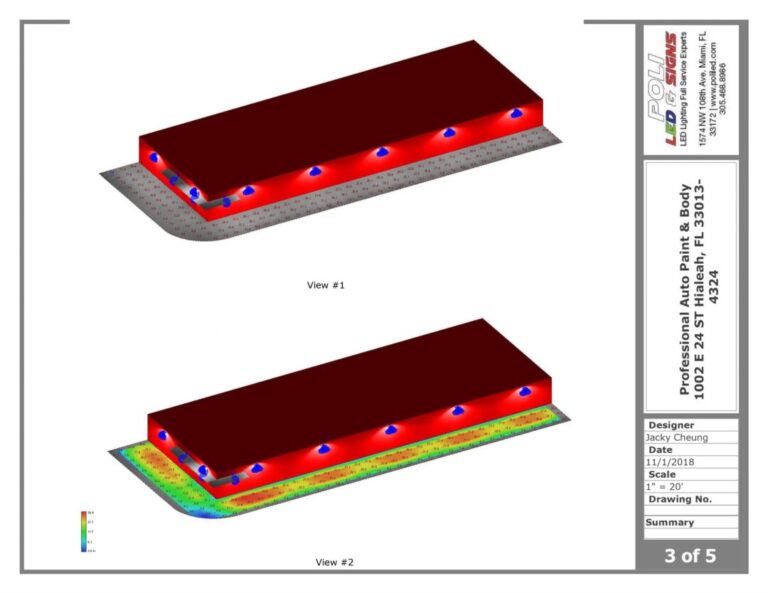
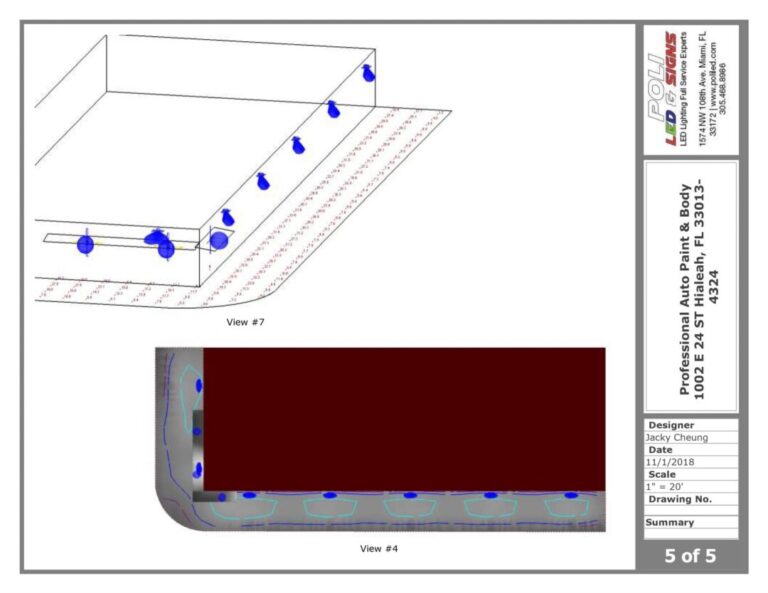
Conclusion
Most commercial projects should use the knowledge of a lighting engineer to achieve their lighting goals. Great lighting design is a lifetime investment. It separates you from the competition and increases property value dramatically.
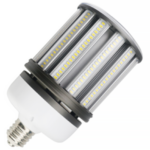 LED Corn Light
LED Corn Light
 Emergency Light
Emergency Light
 LED Panel Light
LED Panel Light
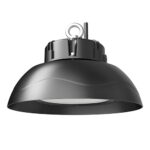 LED Highbay
LED Highbay
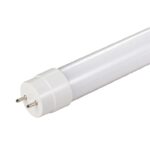 LED Retrofit Tube
LED Retrofit Tube
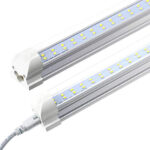 LED Integrated Tube
LED Integrated Tube
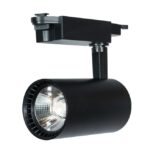 LED Track Light
LED Track Light
 Recessed Downlights
Recessed Downlights
 Ceiling Lights
Ceiling Lights
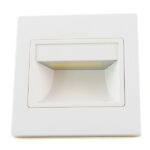 In-Wall Lights
In-Wall Lights
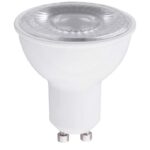 Light Bulbs
Light Bulbs
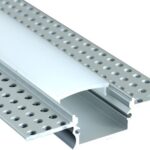 Lighting Profiles
Lighting Profiles
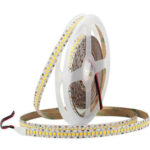 LED Strip Lights
LED Strip Lights
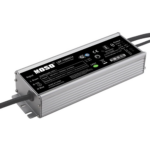 Power Supplies
Power Supplies
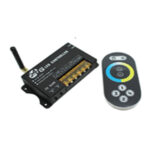 Lighting Controllers
Lighting Controllers
 LED Neon
LED Neon
 LED Backlit Sheets
LED Backlit Sheets
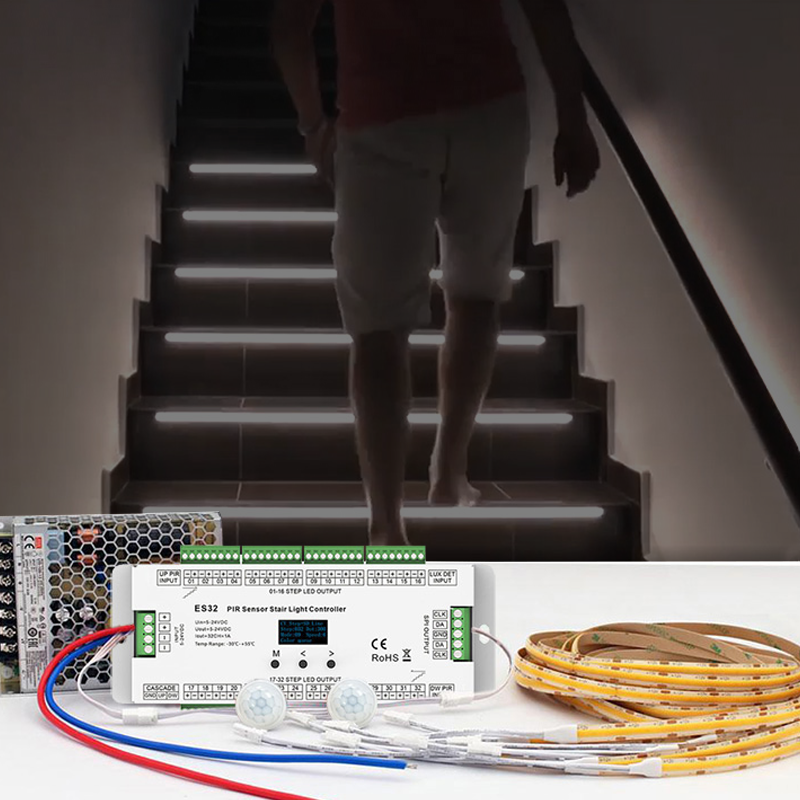
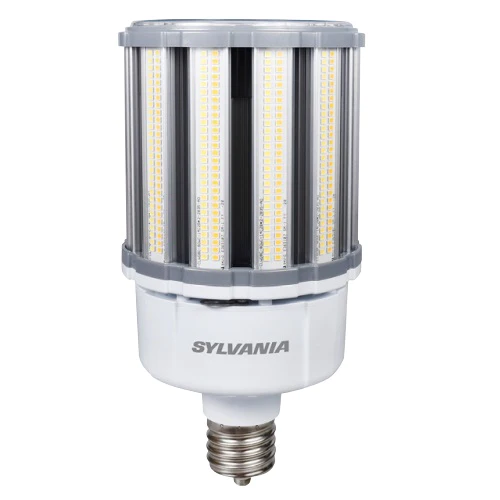
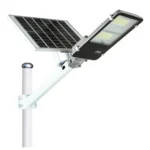 Solar Lights
Solar Lights
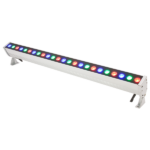 Wall Washers
Wall Washers
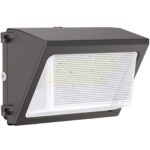 Wall Pack
Wall Pack
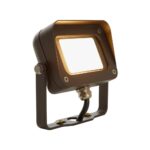 Flood Lights
Flood Lights
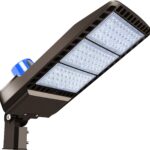 Street Lights
Street Lights
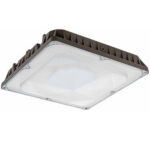 Canopy Lights
Canopy Lights
 Vapor Tight
Vapor Tight
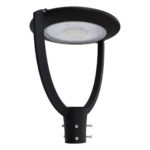 Post Top Lights
Post Top Lights
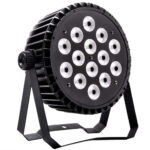 DMX Stage Lights
DMX Stage Lights
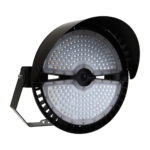 Stadium Lights
Stadium Lights
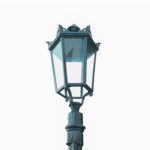 Lights with Pole Included
Lights with Pole Included
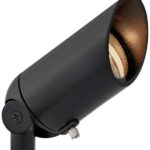 Garden Lights
Garden Lights
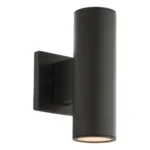 Wall Sconces
Wall Sconces
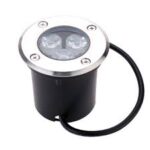 Underground Lights
Underground Lights
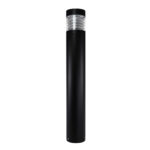 Bollard Lights
Bollard Lights
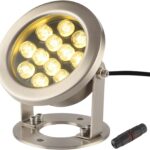 Underwater Pool Lights
Underwater Pool Lights
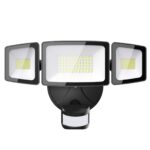 Security Lights
Security Lights
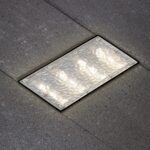 Brick Lights
Brick Lights
 Stair Lights
Stair Lights
 String Lights
String Lights
 Flexible LED Neon
Flexible LED Neon
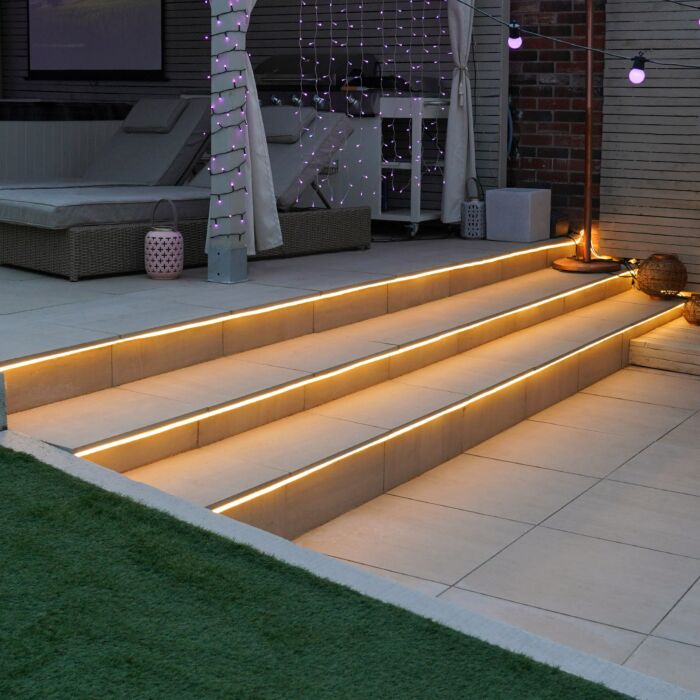
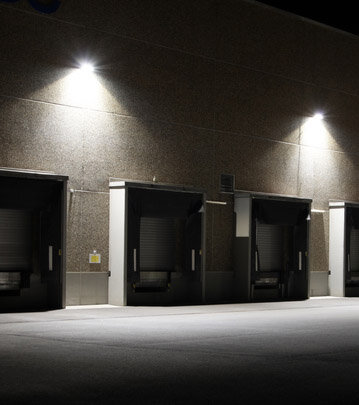
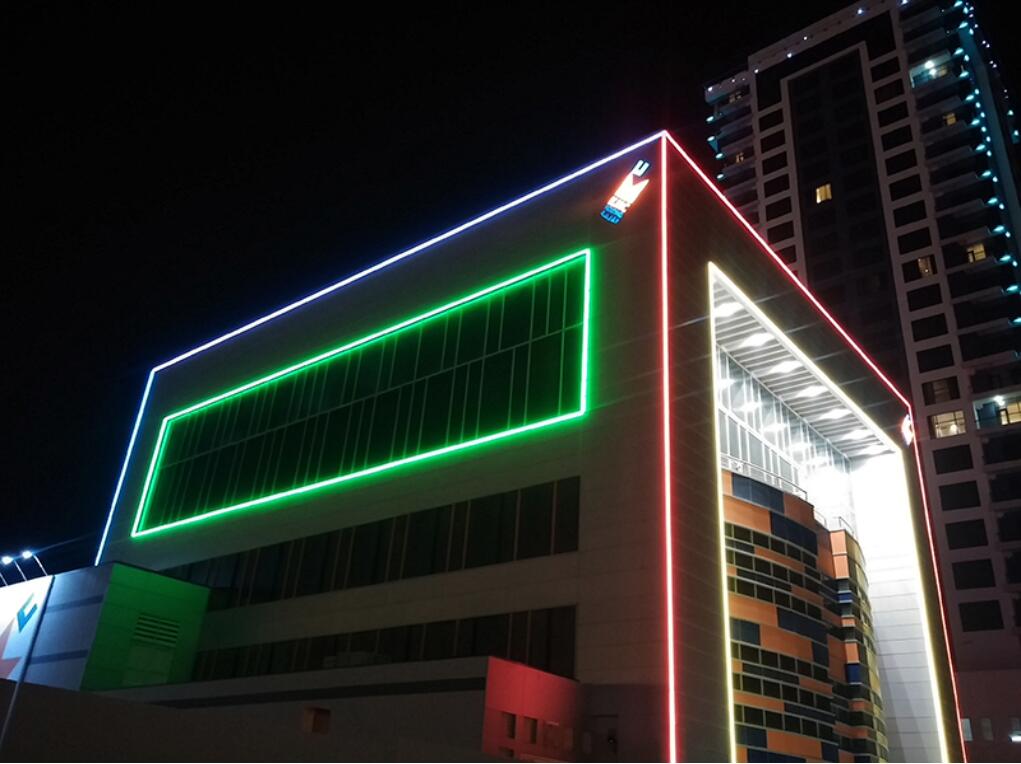
![Signicade-A-Frame-1[1]-700x700](https://poliledsigns.com/wp-content/uploads/2021/08/Signicade-A-Frame-11-700x700-1-150x150.jpg) Floor Displays
Floor Displays
 Wall Displays
Wall Displays
 Human Displays
Human Displays
 Pole Displays
Pole Displays
 Table Displays
Table Displays
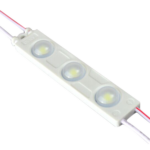 LED Modules
LED Modules
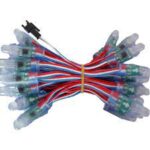 LED Dot Chain
LED Dot Chain
 Neon Signs
Neon Signs
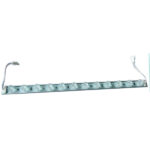 Rigid LED Modules
Rigid LED Modules
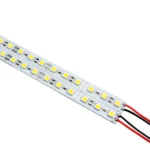 Rigid LED Strips
Rigid LED Strips
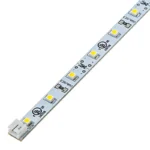 Rigid Modules
Rigid Modules